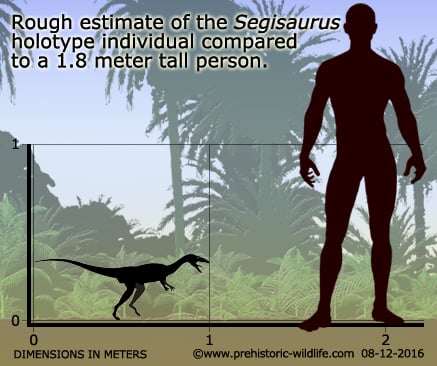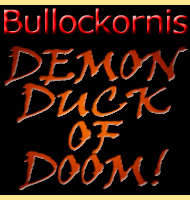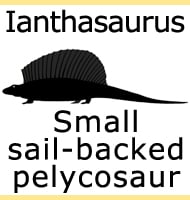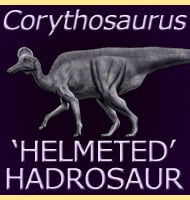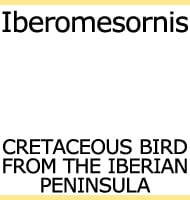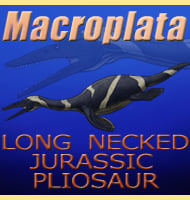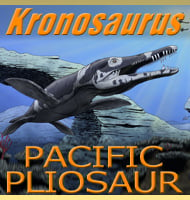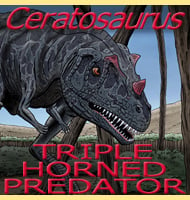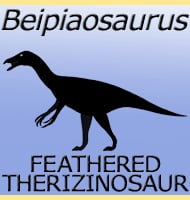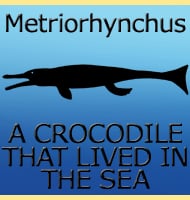In Depth
Segisaurus was once considered to be a very important link in the evolution of theropods because it was thought to have had solid bones instead of the hollow bones of other earlier genera such as Coelophysis. However a later study into the holotype remains that took place in 2005 (Carrano, Hutchinson & Sampson) found that Segisaurus does actually have hollow bones, meaning that it is not quite as unique as it was once thought.
Segisaurus was a small theropod for the early Jurassic, and was probably restricted to hunting insects and small vertebrates like lizards. However it could have also supplemented its diet by scavenging the left over carcases of dead animals, perhaps those killed by large predators. Although not known from the same Formation, a much larger theropod by the name of Dilophosaurus was already hunting in what is now the United States at an earlier period than Segisaurus, and it’s very likely that other theropod dinosaurs similar to Dilophosaurus in size were also around when Segisaurus was alive.
The full adult size of Segisaurus is unknown because the holotype is of a sub adult, which means that it was reproductively mature, yet not fully grown. However as a sub adult already, it’s likely that Segisaurus did not grow that much bigger, perhaps only as much as half as long again at the very most.
One of the closest relatives of Segisaurus is thought to be Procompsognathus.
Further Reading
- A new type of bipedal dinosaur from the Navajo Sandstone of Arizona, Lewis Camp - 1936. - New information on Segisaurus halli, a small theropod dinosaur from the Early Jurassic of Arizona, M. T. Carrano, J. R. Hutchinson & S. D. Sampson - 2005.
